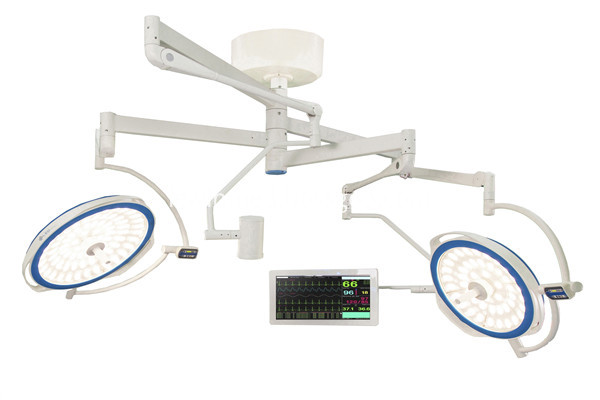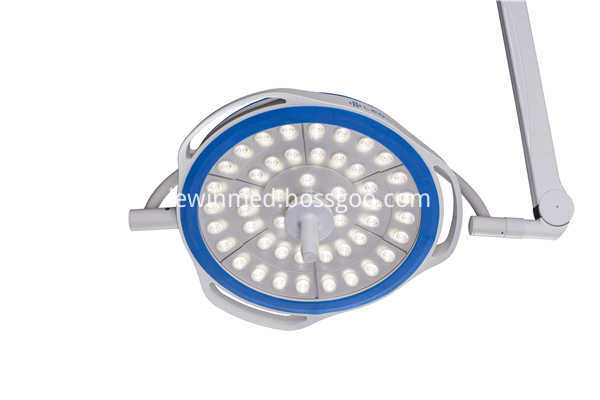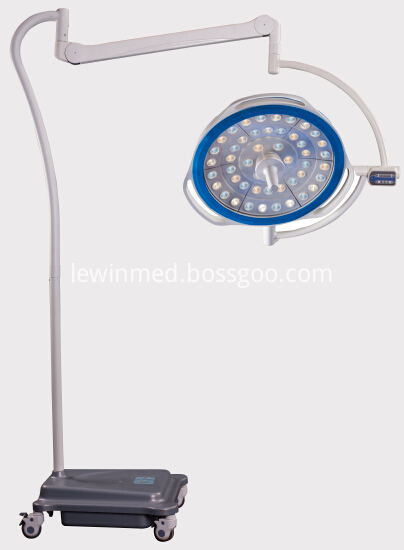1.1 Training of fry water The newly hatched larvae have a very light body color. At this time, the larvae are afraid of seeing light. The plentiful water is relatively weak and the light is dark. The lack of water can easily cause suffocation and death. For this reason, the bottom of the pool should be kept clean and the flow of water should be appropriately increased. The water injection rate per 10,000 fish fry is maintained at about 1 L/min. The larvae pond area is generally 5 to 10 meters, and the stocking density is about 500.
According to the characteristics of the various stages of development of the fish seedlings, it is necessary to give nutritious and easy to digest feed. At the beginning of feeding, due to the fact that the fry did not have the habit of ingesting artificial feed, the feed should be sprinkled in every corner and only some feeds should be used. The cooked egg yolk can be initially slurried to the top of the fish pond and the surface of the fish, allowing the fish to run into the yolk granules. Fish fry can concentrate and compete for food, and it is possible to drip the feed to the place where the fry is concentrated. It is also possible to use a gauze to extrude the cooked egg yolk in finely divided droplets in the water. Later, the egg white can also be used together. In order to ensure complete nutrition, they can also be fed with rotifers and chopped water mounds, or they can be put on thin wire and hung in the pool so that the fry can feed themselves slowly. After that, raw eggs and wheat flour are added to the paste feed. After cooking, they are rubbed into small particles on the wire mesh and fed 6-7 times a day.
The fry grows quickly under the conditions of good feeding, with black flower spots.
1.2 Fish breeding
1.2.1 Feed: The nutrient requirements of compound fish for Ya Fish are similar to those of squid. The daily feed rate of Ya fish is 2-8% of the fish's body weight.
1.2.2 Screening of seedlings: Uneven growth of Ya fish is a common phenomenon. When the fish grow to 2g in weight, they need to be screened once, and be fed in different pools according to different specifications to improve the survival rate and accelerate the growth of fish seedlings and fingerlings.
1.2.3 Frequent decontamination: In the water where the water quality is high and the oxygen content is high, the Ya Yuxi is living in a water body with high oxygen content. As the farming time increases, the amount of waste discharged from the feeds and fish fed increases, although the flowing water can wash away part of it. Some still accumulate on the bottom of still water. These leftovers and excreta not only pollute the water quality, consume oxygen, but also spread fish diseases, which are extremely unfavorable to the fry species cultivation and must be eliminated in time.
1.3 Pond farming
1.3.1 The conditions and requirements for aquaculture ponds, solid ponds, no water leakage, adequate water supply, convenient water injection and drainage, water depths of 1.0-1.5M are suitable, water quality is clear, dissolved oxygen is not less than 6.5mg/L, and water temperature is not higher than 23 °C.
1.3.2 Preparations before stocking, sterilizing the pond, and infusing new water.
1.3.3 Fish stocking specifications and density, general specifications for tail weight 10g. The stocking density is 5000/1/15 ha.
1.3.4 Cultivation period management, regular inspection of fish ponds to strictly control the water quality, and find problems to take timely measures; feed mainly water wedges and compound feed two types, control the daily feeding amount, generally 2-5 of the fish's body weight? Feeding. Generally, it is fed 3-5 times a day; it is fixed, timed, and quantitatively fed; pay attention to the drainage of the pool water, the water level should be maintained at about 1.5m, and the daily water exchange volume should be 20? Pay attention to fish pond hygiene and disease prevention, and clean up the pool in time. Weeds, large-scale algae and feed residues in the ponds and ponds are regularly fed with medicines to prevent diseases, and the cause of the disease is found out in a timely manner, and the corresponding measures are taken; periodic inspections are performed to make records.
1.4 Cage culture (1) Specification and density of stocking. Ya fish net cage culture can be divided into two types, one is the middle of the seedling cage cultivation stage; the second is the development phase. The stocking size of the mid-cultivation stage of the seedlings is preferably 3 cm in body length, and the stocking density is 1000 fish/m3, and the stocking density of fish species with a body length of 10 cm in the growing stage is 50 tails/m3.
(2) Daily management of cages. Safety inspection, prevent fish escape, check the safety of the cage regularly in the process of cage culture; ensure no fish escape, keep a good record of feeding, including fish activity and feeding conditions, water temperature measurement, death, weather changes , fish growth (measured once every 10-15d), cage damage and repair.
Round type sugical lamp is the most matured LED lamp in all LED series, it has producted for many years and exported to many countries, just like USA, UK, India, Italy, Thailand and other countries in the workd, almost zera maintainance rate, customers all give good feedback. the surgical lamp has the function of Clear lighting field; Outstanding color rendering index; Convenient removable sterilize handle; Control panel can choose touch screen control panel or normal control panel; it also has excellent color temperature adjustable technology; the operating lamp also can add HD camera system which is medical grade; for this OT lamp, it has ceiling type, wall type and mobile type; ceiling type can choose single dome, double dome or add camera system;



LED Surgery Lamp,LED Operating Lamp,LED Operating Light,LED Surgical Lamp
Shandong Lewin Medical Equipment Co., Ltd. , https://www.lewinmed.com